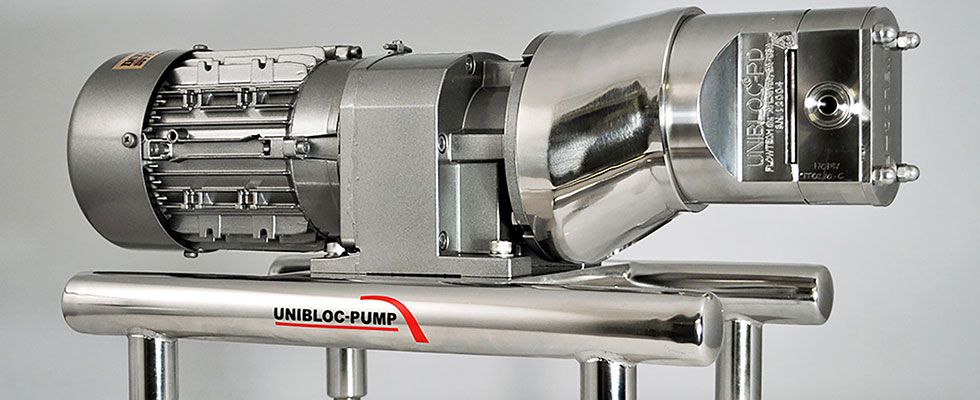
The U.S. steel industry is weakening as the threat of a recession looms, while Chinese OCTG (oil country tubular goods) suppliers are becoming more open to price flexibility overseas as domestic demand falls and inventory stacks up.
Here is Rystad Energy’s weekly steel and OCTG note from Alistair Ramsay and Marina Bozkurt:
Energy Steel
While the energy crisis continues to impact European steel demand and supply significantly, the U.S. market is weakening as fears of a recession intensify.
We see this clearly in the latest price developments as August’s daily average for U.S.-produced hot-rolled coil (HRC) base prices, which exclude any extras for quality or dimension, slipped under $900 per (metric) ton; falling for a fourth consecutive month from this year’s peak in April of $1,635 per ton.
The spread between U.S. and comparable EU HRC prices narrowed to just $100 per ton last month from over $335 three months prior.
From a fundamentals perspective, there has been a near-constant drop in US demand since the third quarter of last year, when reported prices peaked at over $2,000 per ton.
Such is the impact of 2021’s post-lockdown recovery that demand after six months is more than 2% higher than a year ago and, on the face of it, trending close to consensus forecasts of the US market’s strongest year since 2014; the last time US annual demand exceeded 100 million tons.
The near-term outlook, however, is bleak as consumption is unlikely to have revived over the third quarter as it did a year ago when reluctant buyers began to feel “short” after a cautious return to business following the previous year’s lockdowns.
Sentiment this year is far more depressed, and demand is already declining. In June, the last complete month available, demand fell by around 7% year on year. Local, flat-rolled producers remain most negatively affected by manufacturing malaise; shipments of key strip-mill products such as HRC have fallen hard, offsetting the more positive patterns for other steels. Don’t be surprised if U.S. demand, following in the footsteps of the EU market, actually falls back this year.
Alistair Ramsay, vice president
OCTG
Over the past couple of months, Chinese OCTG suppliers, facing weak domestic demand and excess inventory of feedstock and finished products, have become more flexible when discussing prices with overseas buyers.
The validity term of their offers is longer, and Chinese mills are ready to make concessions to fill gaps in their order books and generate cash flow.
However, we have recently seen some signs of OCTG export prices reviving in China. The gradual recovery of Chinese steel markets and improvement in prices of downstream products have halted the decline in billet prices.
So, export prices for OCTG have risen slightly over the past month, tracking higher billet costs.
Current export prices are at $1,050-1,100/tonne fob for J/K55 grade casing with API connection from tier 2 Chinese mills, while offers from tier 1 Chinese mills range at $1,150-1,230/tonne fob.
A sharp fall in Chinese OCTG prices is unlikely as strong OCTG demand in the international market and high price levels from other suppliers persist, although excess supply from Chinese mills can slow down the price recovery.
In parallel, OCTG supply from Japan remains tight, with mills fully booked and maintaining their prices at high levels. We understand that the current lead time for 13Cr OCTG from Japanese mills can take up to 12 months. Significantly, the supply of 13Cr tubing is exceptionally tight, and the price is holding at around $6,000-6,500/tonne fob.
OCTG prices from Japan will be further supported by limited global capacities of OCTG premiums and driven by rising production costs. The international demand for high alloy OCTG will grow rapidly with increasing gas drilling investments.
Deep gas wells are generally more corrosive, and maintenance-free property of high alloy OCTG will be highly demanded.
Marina Bozkurt, senior analyst

